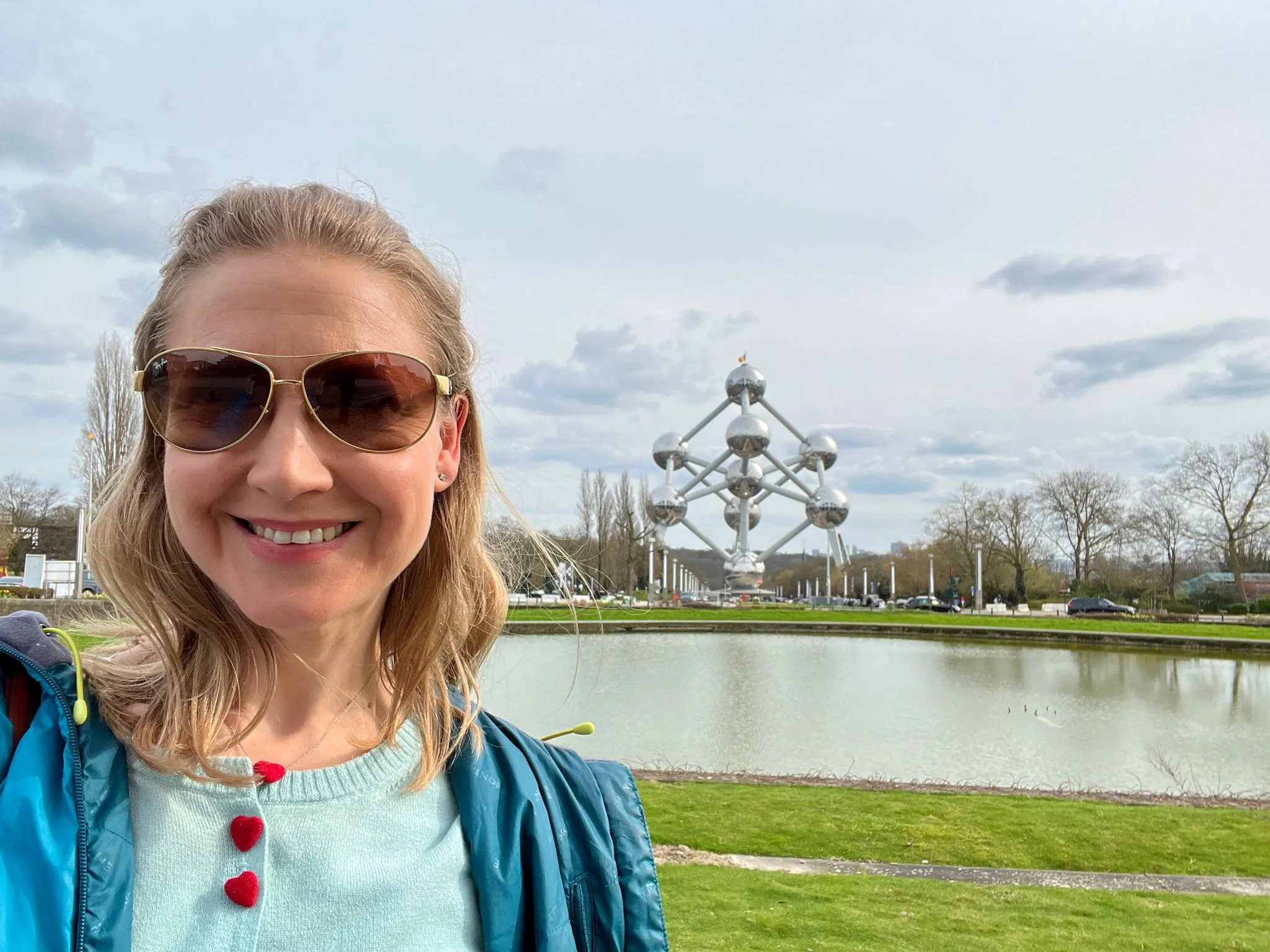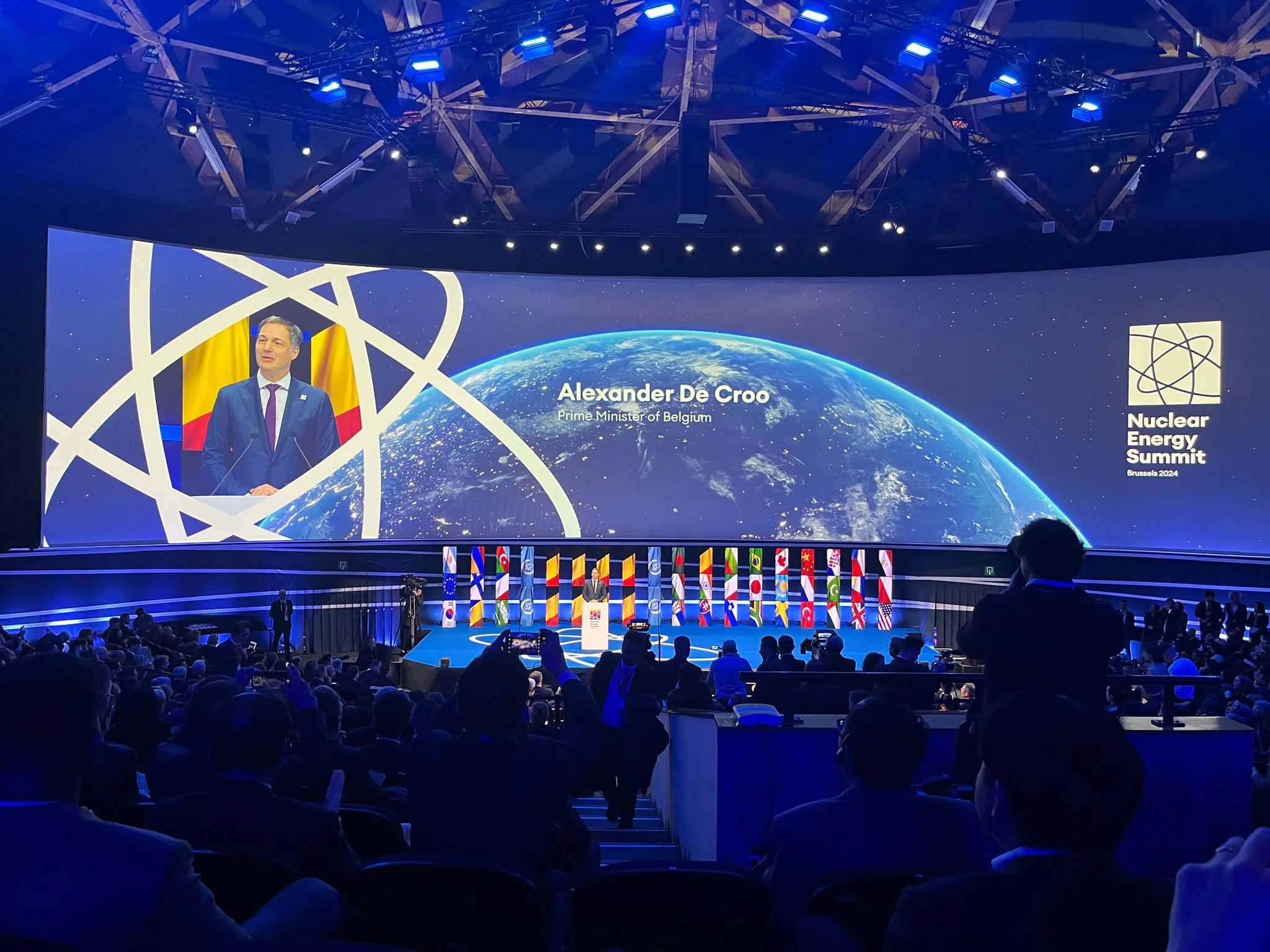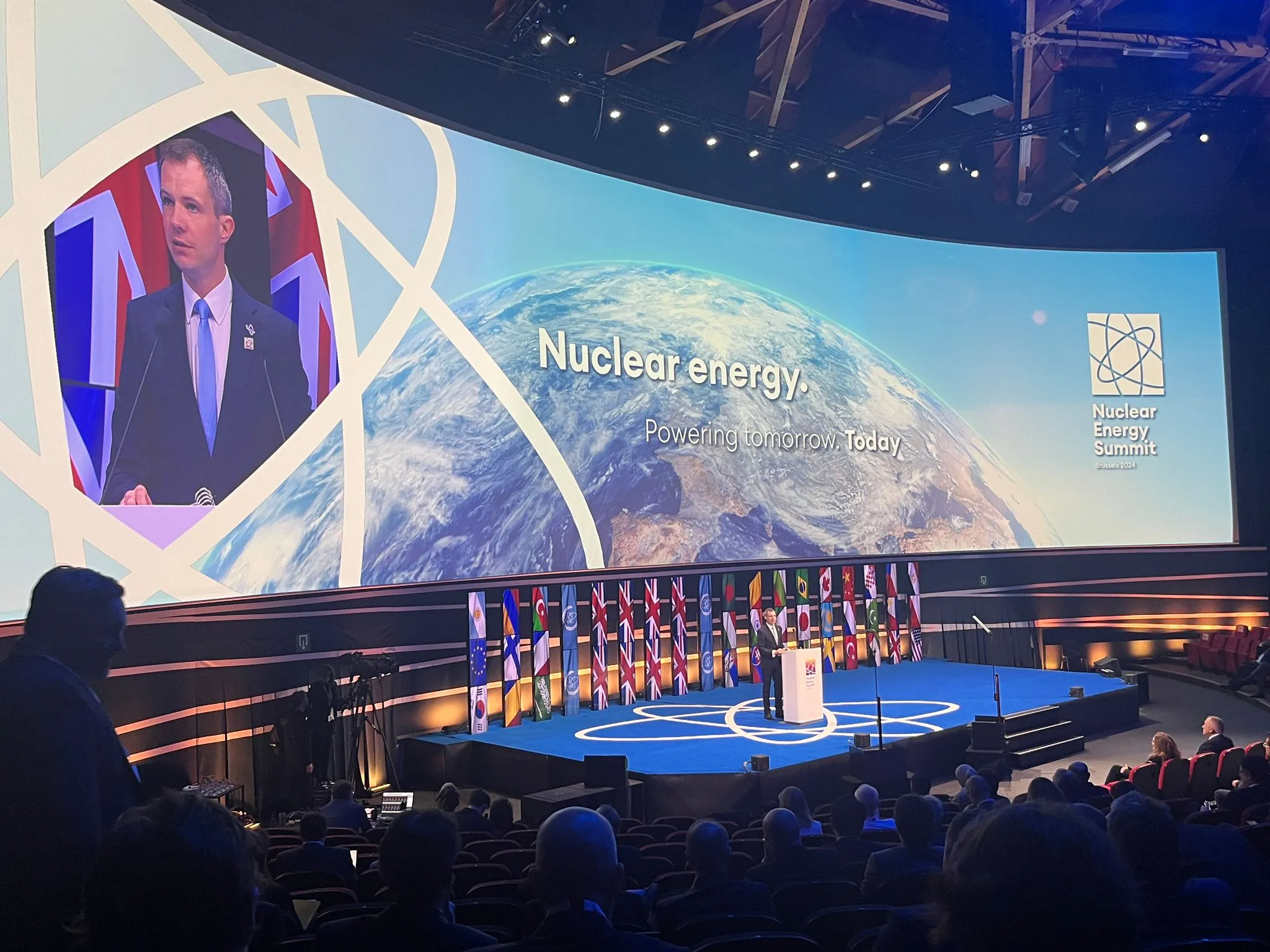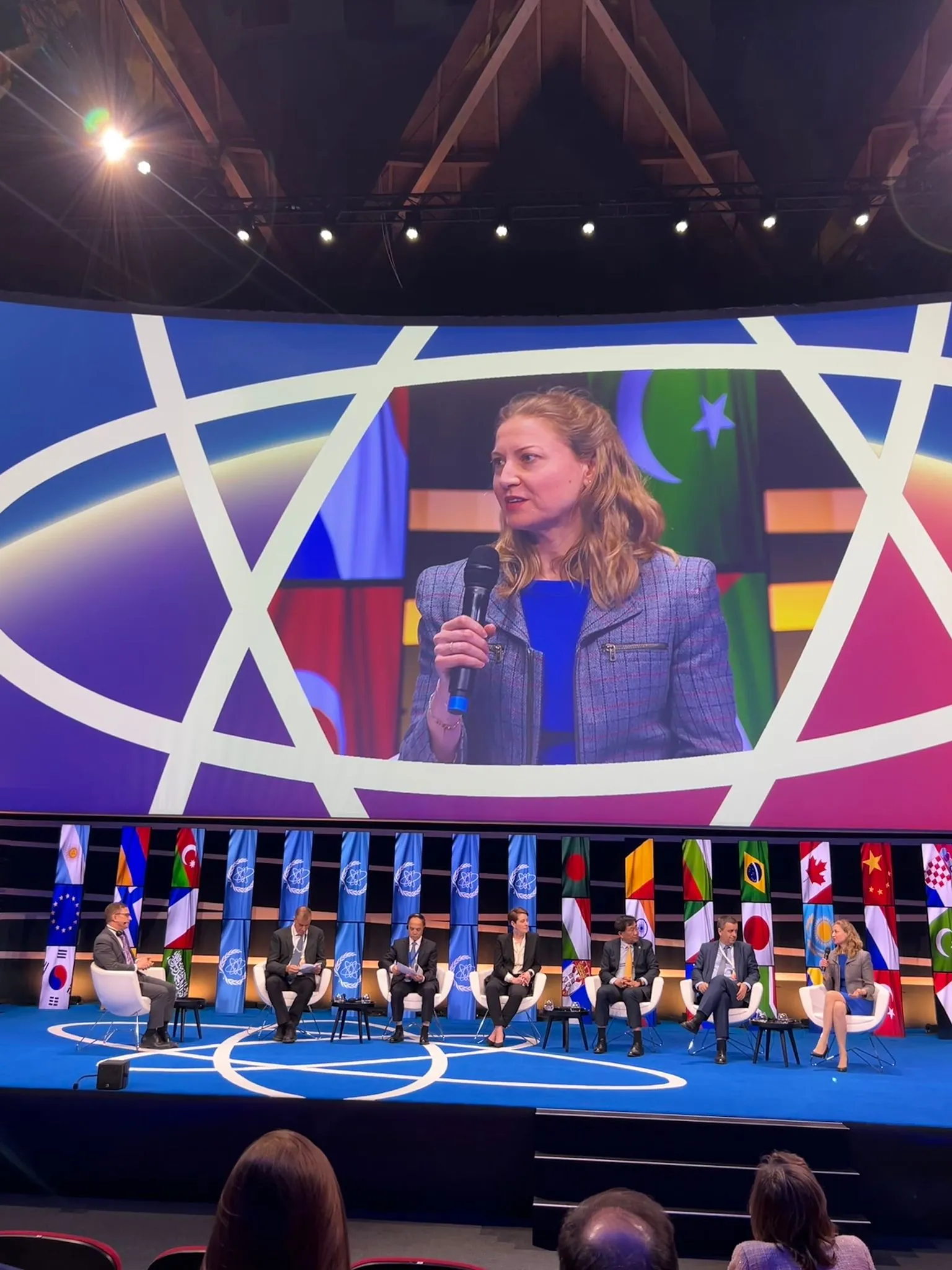Nuclear Energy Summit Report & Key Insights
By Melanie Windridge
32 countries signed a Nuclear Energy Declaration at the first ever IAEA Nuclear Energy Summit on 21st March.
It was mostly about nuclear fission, but I was there speaking on a panel and representing fusion energy alongside ITER Director General Pietro Barabaschi. So here’s what it was all about and 3 insights from the panel discussions.
You can watch the full event on YouTube: (2024-03-21) Livestream of Nuclear Energy Summit 2024
In signing the declaration, countries reaffirmed their strong commitment to nuclear energy “as a key component of our global strategy to reduce greenhouse gas emissions from both power and industrial sectors, ensure energy security, enhance energy resilience, and promote long-term sustainable development and clean energy transition.”
Topics for discussion at the summit included areas such as financing, technological innovation, long-term operation, public perception, regulatory cooperation and workforce development to enable the expansion of nuclear capacity.

Melanie Windridge at the Brussels Expo with the Atomium in view – a symbol of technology, innovation and infinite belief in scientific progress
What was said at the summit? – support for nuclear power and actions required
The Nuclear Energy Summit opened with addresses from the hosts, the Belgian Prime Minister Alexander de Croo and the Director General of the International Atomic Energy Agency, Dr. Rafael Mariano Grossi.
Prime Minister de Croo spoke of the location of the summit at the Brussels Expo, in sight of the Atomium—a symbol, said de Croo, “of technology and innovation and infinite belief in scientific progress.” It was erected in 1958, around the same time as the creation of the IAEA (in 1957) after the 1953 Atoms for Peace speech by President Eisenhower at the United Nations. It echoed the optimism of the Atomic Age.
Now, with energy security and climate change woes increasing, governments to technology and ingenuity and seeing that there is not a path to net zero without nuclear.
Prime Minister de Croo said: “For Belgium, today's gathering is about accelerating our collective path to climate neutrality. Every day, in every corner of the globe, the consequences of climate change are becoming increasingly visible. We cannot waste any time when it comes to fighting global warming.”
“Our energy future depends on pursuing an and-and story, not and-or,” he said. The approach must be comprehensive, embracing all technologies.

Belgian Prime Minister Alexander de Croo addressed the summit
DG Grossi noted that they had not convened all the delegates, including world leaders, here to celebrate or simply to commemorate something, but “to think about how to do it better and how to do it right.” The declaration, he said, focuses on what we still need to do to make sure nuclear is there in the right way, particularly addressing tangible aspects like financing and ensuring a level playing field for the integration of nuclear.
Ursula Von der Leyen, President of the European Commission, reminded everyone that the future of nuclear energy is hardly assured and that it has been in a slow decline for several decades. She offered advice on how to proceed: secure new investments starting now and accelerating to new heights in the 2020s; promote discipline from the nuclear industry to deliver on time and on budget; look at new opportunities for nuclear beyond electricity; consider lifetime extensions of existing nuclear plants as this is the cheapest way to tackle net zero; and innovate.
There followed statements from heads of state and representatives of the signatories. All said how important nuclear will be for energy security and fighting climate change, and how they intend to use it to complement renewables, whether they already have fission making up a significant percentage of their electricity generation or whether they are starting from scratch.
Catherine Stewart, Canada’s Ambassador for Climate Change, spoke of their natural resources, such as sustainable uranium deposits, and that they will forge more reliable supply chains for global partners. She also spoke of the Canadian government’s commitment to supporting nuclear through tax credits and green bonds.
Fusion was mentioned specifically in only a few cases. The USA and UK (of course) both mentioned advances in fusion and how it shows promise for helping get to net zero by 2050. And the Prime Minister of Croatia said, “When it comes to the strategic development of nuclear energy, we must not forget about fusion.” He spoke at length of how they are heavily involved in EU fusion, contributing to ITER construction and IFMIF-DONES. He demanded a European strategy for nuclear fusion as the first step towards its accelerated development. “This,” he said, “will create synergies and ensure that the EU becomes an important link in the future global nuclear fusion industry.”

Andrew Bowie MP, Minister of Nuclear and Networks in the UK
International Energy Agency Executive Director, Faith Birol, gave his reaction to the national statements. He said that at the IEA they have the data at their fingertips and “when I look at this data, I can assure you that nuclear is coming back and coming back stronger.”
Why the comeback? Birol continued that over the last 2 years the mood for nuclear has changed, becoming much more positive. Energy security after the invasion of Ukraine was the main driver. After February 2022 the world understood that it’s necessary to generate energy at home and governments pushed nuclear for energy security. Some, such as Belgium, reversed policies in the national interest. The second driver was climate change. Net zero without nuclear is impossible, Birol states. Also, thirdly, if you want to compete in today’s economy you need stable electricity prices, so national competitiveness is also a driver for nuclear power.
Insights from Panel Discussions
1. Business demand for clean energy could be a big driver for new technology adoption
Corporate commitments around sustainability are driving innovation and advocacy around all the sources of power generation that will be required.
Corporate Vice President and Chief Sustainability Officer at Microsoft, Melanie Nakagawa, said “our goal is to be carbon negative by 2030, and then, by 2050, to remove all the historic emissions we've created since our founding in 1975.”
This means that they are looking for all the sources of carbon free power that are out there to power not only their own needs, but also for their suppliers. 96% of Microsoft’s carbon footprint as a company actually comes from the supply chain and value chain. So Microsoft needs green steel, green cement, green semiconductor chips…. That requires all of them having access to a carbon free grid.
“One of the great ways that technology companies and others can participate in this market is to really stoke demand for more generation of these types of resources,” said Nakagawa.
Earlier in the week, Microsoft, Google and Nucor, a steel company, announced a collaboration to aggregate demand for carbon free electricity from advanced clean electricity technologies, to accelerate their commercialisation and make them more widely available for all energy consumers.
2. Financing nuclear is still going to be difficult….
During discussions, some were saying that financing for nuclear must come from private sources.
But equally, Jozef Sikela, Minister of Industry and Trade, Czech Republic, and ex-investment banker said that making nuclear bankable is extremely difficult.
Sikela said: “Without state support in the form of power purchase agreements, contract for differences or direct state guarantees, and with the involvement of state financial institutions which might play a role of the umbrella arrangers, pure involvement of the commercial institutions will be extremely difficult because what they need is predictability, stability.”
Thomas Östros, Vice President of the European Investment Bank concurred, saying that the EIB can handle big projects, has done a lot of climate finance, and likes to be in field of innovation and new technology, but only if there is a sound business model. They need to see that it is bankable, but currently the project risks of nuclear power are very high, and no bank can take that type of risk. So nuclear needs state involvement, he said, quite heavy involvement.
After a discussion of whether or not we would be financing more nuclear in 2030 than we are today that left the panellists split, Ernest Moniz, CEO of the Nuclear Threat Initiative, commented, “if bankers are pessimistic then it’s a self-fulfilling prophecy—we need to change attitudes.”

Fusion Energy Insights CEO Melanie Windridge speaking about fusion energy on the Advancements in Nuclear Technology for Energy Production panel
3. All nuclear is local
When building nuclear power plants, good relationships will be needed between the developers and the local communities.
Gerben Dijksterhuis, President of the Group of European Municipalities with Nuclear Facilities and Mayor of Borssele, encouraged industry to see mayors as partners in developing new power plants.
Mayors want the best for their communities and will be able to help creating a win-win situation for all.
“You have to see the global community and the mayors as just another stakeholder,” Dijksterhuis said. “It's important that you see us more as partners in developing new power plants.”
It's imperative that the nuclear industry and the federal government get a close connection with local communities, particularly because of the long-term nature of projects. Power plants will be there for many, many years. So it will be essential to understand the views and the needs of the local communities and foster good relationships.
